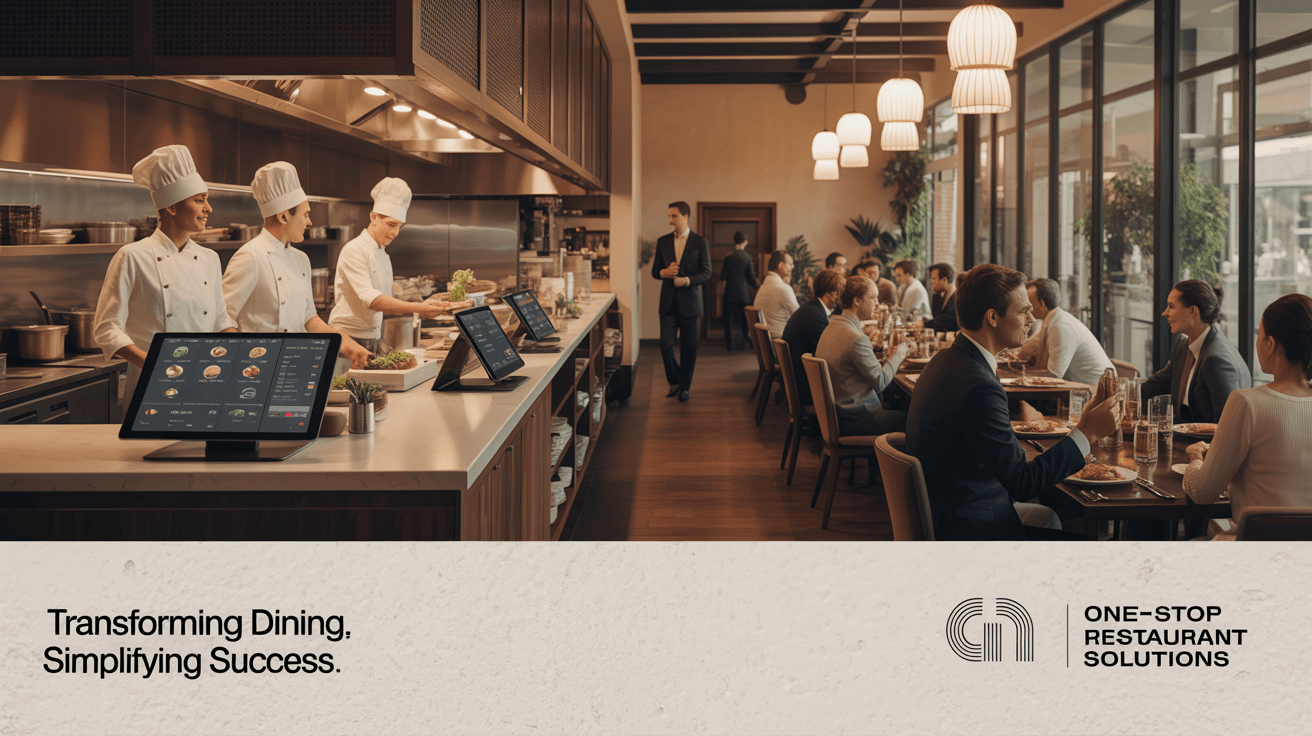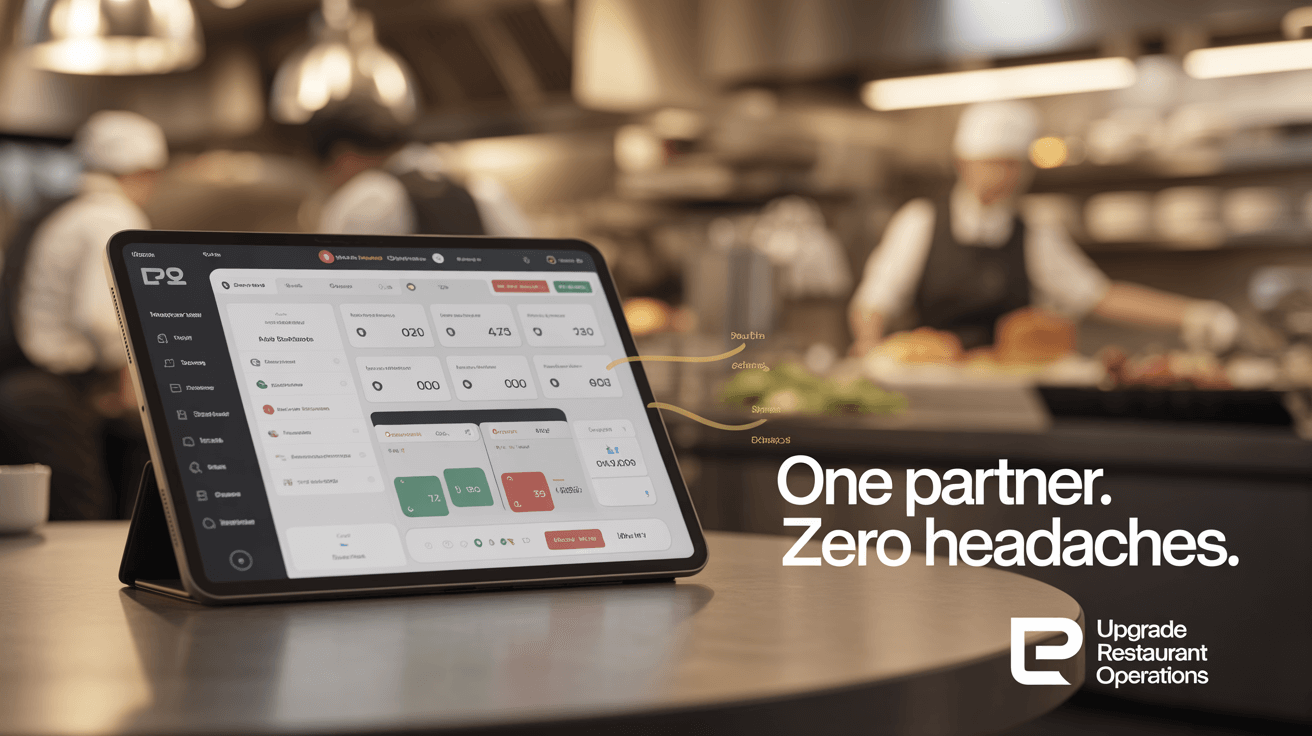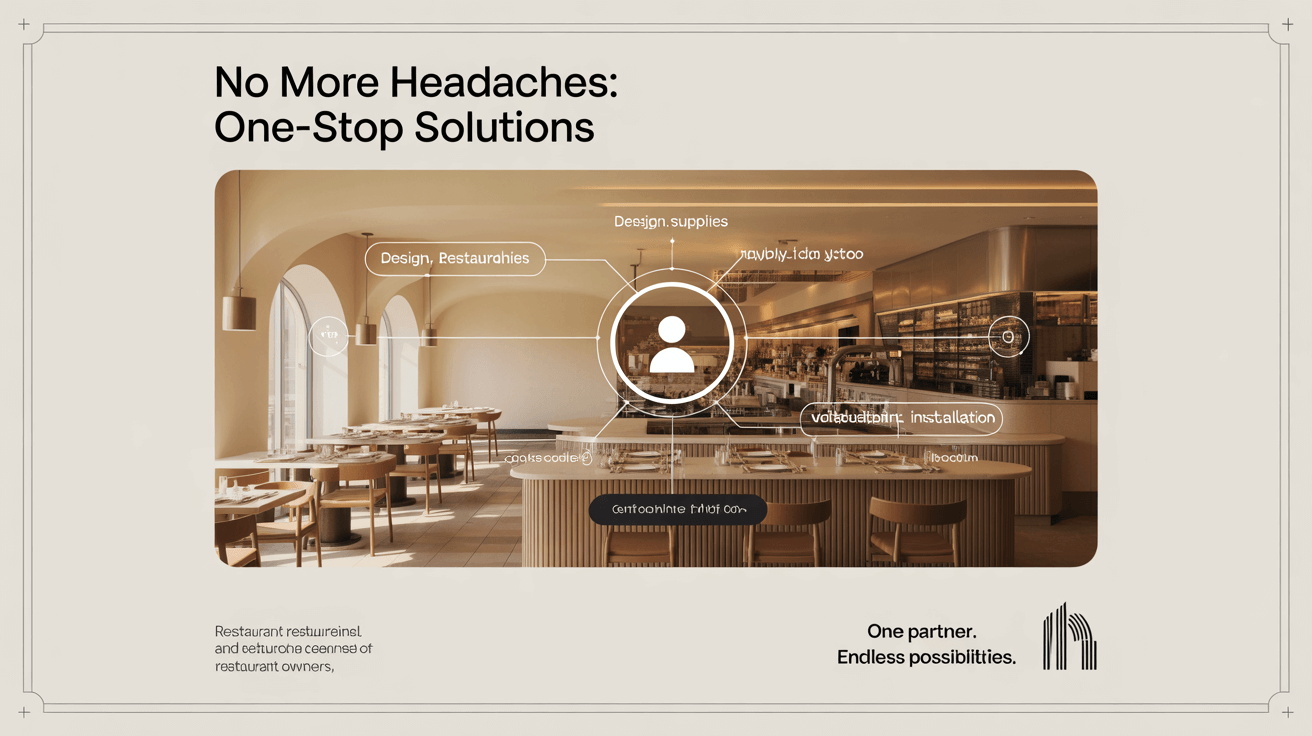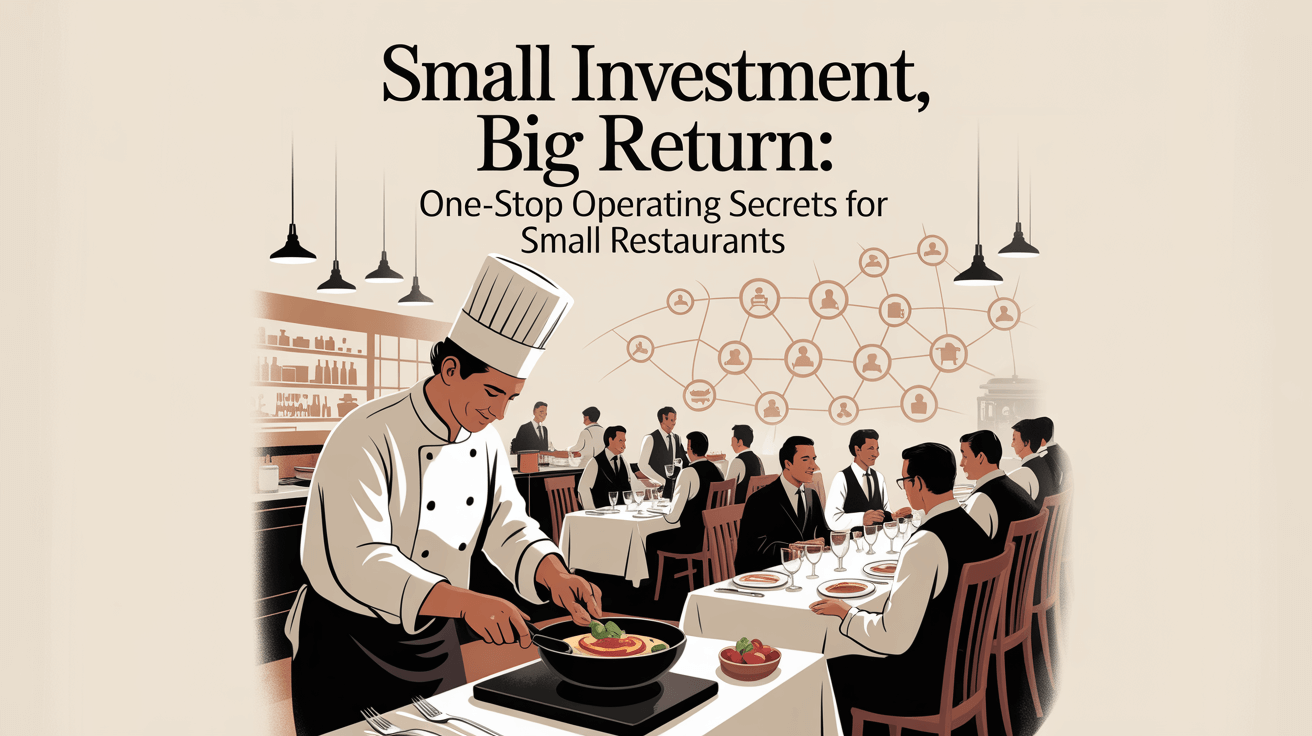what is a booth in a restaurant explains the fixed seating modules that blend privacy, comfort, and efficient use of space. But here’s the kicker… booths transform open floors into cozy dining niches.
1. What defines a restaurant booth?
● Fixed bench seating anchored to walls or floors
● High-backed partitions for visual and acoustic privacy
● Integrated tables sized to fit each module precisely
● Modular units designed for straight, corner, or island layouts
Ready for the good part? booths feel like mini private rooms.
| Attribute | Description | Purpose |
|---|---|---|
| Fixed Installation | Secured to structure | Stability and safety |
| High Partitions | 36″–48″ tall benches | Noise reduction and seclusion |
| Table Integration | Custom-fit surfaces | Seamless guest experience |
| Modular Design | Straight, corner, island options | Flexible floor planning |
2. How do booths differ from standard seating?
● Anchored modules versus freestanding chairs and tables
● Defined traffic aisles preventing wandering paths
● Consistent style accents replacing mixed furniture sets
● Predictable service zones for staff efficiency
What’s the real story? booths streamline both layout and flow.
3. What common booth configurations exist?
● Straight-wall booths along perimeter walls
● Back-to-back island booths in central zones
● L-shaped or corner booths utilizing alcoves
● Curved or semi-circular booths for feature walls
This is where it gets interesting… each shape maximizes unique restroom layouts.
4. What materials form a booth’s structural frame?
● Kiln-dried hardwood stiles delivering core strength
● Marine-grade birch plywood resisting moisture damage
● Powder-coated steel tubing for heavy-duty island seats
● Composite panels providing lightweight, cost-effective support
But here’s the kicker… frame choice dictates both longevity and initial investment.
| Frame Material | Benefit | Ideal Use |
|---|---|---|
| Hardwood Stiles | Exceptional durability | Premium and high-traffic booths |
| Marine Plywood | Warp and moisture resistance | Outdoor or humid areas |
| Steel Tubing | High load capacity | Island or bench clusters |
| Composite Panels | Lower weight, lower cost | Temporary or pop-up setups |
5. What support systems cushion seats and backs?
● Sinuous steel springs absorbing daily impact
● Jute or synthetic webbing distributing seat tension evenly
● Galvanized metal channels preventing sag under load
● Foam-retaining clips securing padding without shift
Ready for the good part? support systems keep comfort consistent.
6. What types of padding are used?
● High-density polyurethane foam (ILD 30–35 for seats)
● Fire-retardant CAL-117 foams ensuring safety compliance
● Gel-infused or memory foam toppers in VIP sections
● Closed-cell liners for moisture-prone or outdoor booths
What’s the real story? foam selection balances plush feel with durability.
7. What upholstery materials are chosen?
● Commercial vinyl rated ≥50,000 double rubs for stain resistance
● Top-grain leather offering luxury texture and patina over time
● Performance fabrics with antimicrobial finishes for hygiene
● Engineered leatherette combining upscale look and low maintenance
This is where it gets interesting… upholstery choice drives both style and upkeep.
| Upholstery | Durability Rating | Cleaning Method |
|---|---|---|
| Vinyl | ≥50,000 double rubs | Wipe clean |
| Leather | 40,000 double rubs | Condition periodically |
| Performance Fabric | 75,000+ double rubs | Spot clean, antimicrobial |
| Leatherette | 60,000 double rubs | Low-moisture cleaning |
8. What fasteners and adhesives bond a booth?
● 316-grade stainless screws and galvanized angle brackets
● Commercial contact cement for foam-to-deck adhesion
● Pneumatic staples or hog rings securing fabric tension
● Construction adhesives bonding veneers and laminates
But here’s the kicker… fastening quality prevents squeaks and splits
9. What anchoring hardware secures installations?
● Welded steel floor plates bolting into concrete for islands
● Heavy-duty toggle or lead anchors fixing wall-mounts securely
● Reinforced brackets linking back-to-back runs evenly
● Adjustable leveling pads compensating for uneven floors
Ready for the good part? solid anchors eliminate wobble.
10. What acoustic or decorative panels are added?
● Sound-absorbing foam panels reducing ambient noise by 40%
● Decorative wood veneers or laminates for branded accents
● PVC or aluminum trim protecting edges and adding flair
● Removable covers enabling quick seasonal or promotional swaps
What’s the real story? panels merge design with performance.
| Panel Type | Primary Function | Placement |
|---|---|---|
| Acoustic Foam | Noise absorption | High-traffic zones |
| Veneer/Laminate | Visual finish | Front faces |
| PVC/Metal Trim | Edge protection | Corners and seams |
| Removable Covers | Design refresh | Seasonal branding |
11. How are lighting and power features integrated?
● Pre-wired frame channels for LED accent or task lighting
● USB-A and USB-C outlet modules under seat rails
● Flush-mount service call-button panels on bench ends
● Concealed conduit runs hidden inside uprights
This is where it gets interesting… tech integration elevates guest convenience.
12. What protective finishes guard upholstery?
● Anti-stain sprays repelling spills instantly
● UV-resistant coatings preventing fade in sunlit areas
● Antimicrobial treatments inhibiting bacterial growth
● Low-VOC sealants preserving indoor air quality
But here’s the kicker… good finishes cut deep-clean cycles by 30%.
| Finish Type | Purpose | Benefit |
|---|---|---|
| Anti-Stain Spray | Spill repellent | Easy maintenance |
| UV-Resistant Coat | Fade prevention | Color longevity |
| Antimicrobial Coat | Hygiene | Safer dining environments |
| Low-VOC Sealant | Air quality improvement | Health compliance |
13. What sustainability factors apply to materials?
● FSC-certified wood promoting responsible forestry
● Recycled-content foam and fabrics reducing waste
● Low-VOC adhesives and sealants improving air quality
● Modular designs enabling easy end-of-life disassembly
Ready for the good part? eco-friendly booths resonate with conscious diners.
14. What load capacities and safety standards are met?
● Seats rated for 500–600 lb static loads under BIFMA tests
● Back panels tested to withstand 250 lb horizontal force
● Structural elements engineered with a 2:1 safety factor
● Hardware certified to ANSI/BIFMA seating and UL electrical standards
What’s the real story? certified specs protect guests and warranties.
| Capacity Metric | Value | Testing Standard |
|---|---|---|
| Seat Load | 500–600 lb | BIFMA static test |
| Back Panel Force | 250 lb | Horizontal push test |
| Safety Factor | 2:1 | Structural engineering |
15. What tolerances ensure dimensional accuracy?
● Seat heights within ±⅛″ of the 17″–19″ specification
● Depth tolerances held within ±¼″ of the 18″ baseline
● Partition heights maintained to ±½″ of design spec
● Aisle clearances verified within ±¼″ of required 36″
This is where it gets interesting… tight tolerances deliver uniform experiences.
Conclusion
A restaurant booth’s assembly—from sturdy frames to plush padding and quality upholstery—depends on precise material choices and craftsmanship. Follow these guidelines to create seating that delights guests, meets safety codes, and maximizes return on investment.
FAQ
Q1: What core frame materials are most common?
Kiln-dried hardwood with marine-grade plywood decks offers ideal strength and moisture resistance.
Q2: Why prioritize high-density foam?
High-density PU foam provides durable support and resists sag under frequent use.
Q3: Can booths be eco-friendly?
Yes—FSC-certified wood, recycled-content foams, low-VOC adhesives, and modular designs support sustainability.
Q4: How are tech features integrated seamlessly?
Pre-wired conduit channels in frames allow easy installation of LEDs, USB ports, and call buttons.
Q5: What finishes protect upholstery long term?
Anti-stain sprays, UV coatings, antimicrobial treatments, and low-VOC sealants ensure cleanliness and durability.






